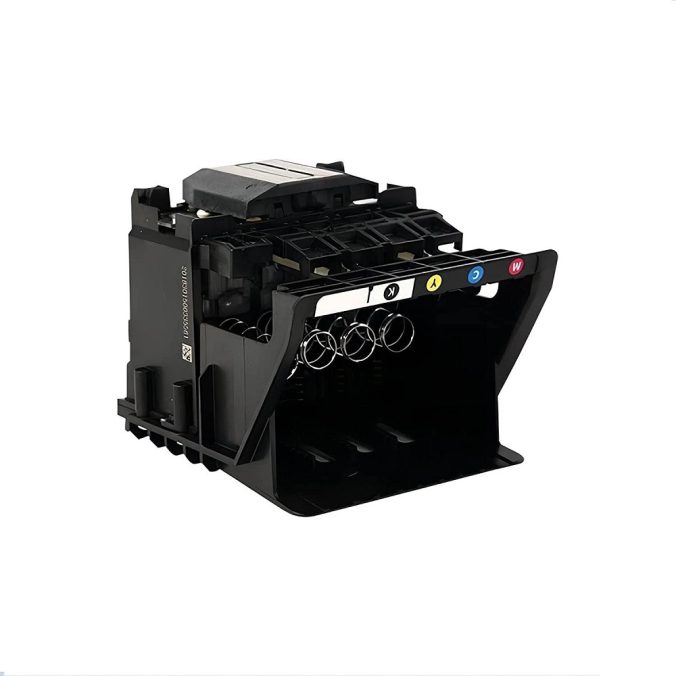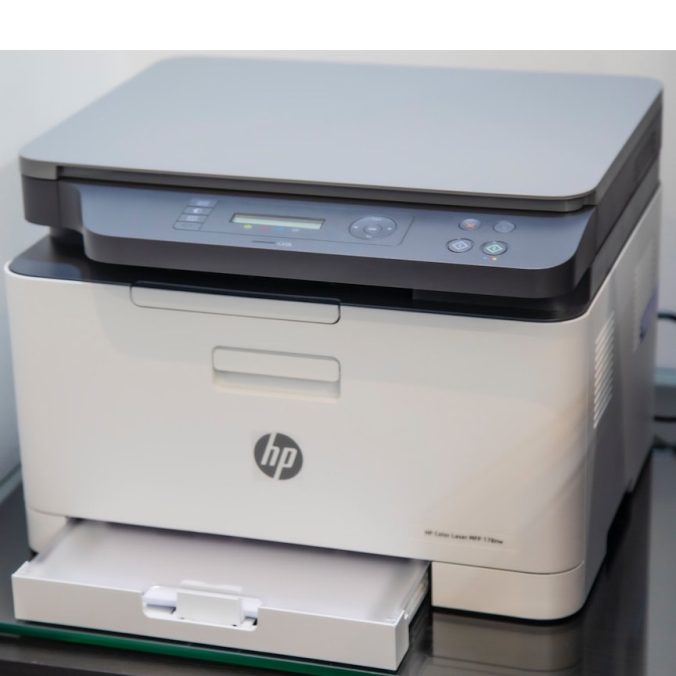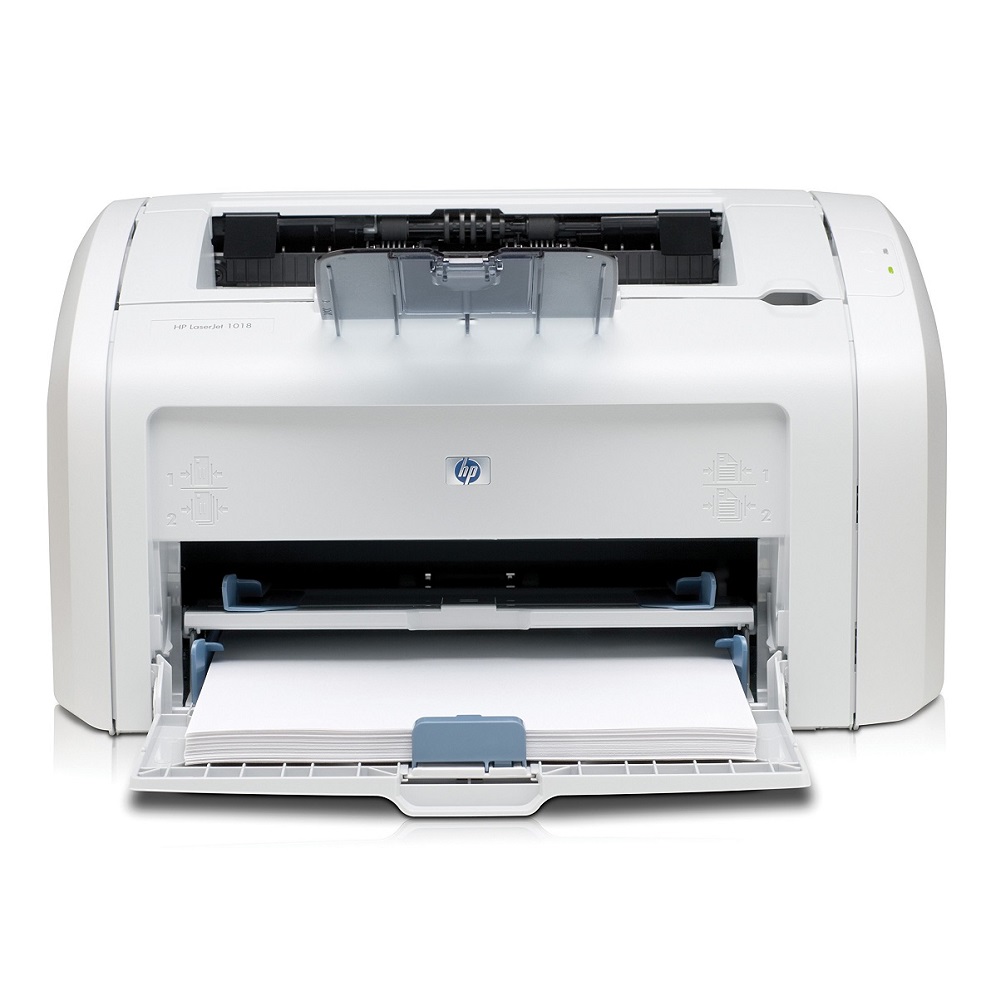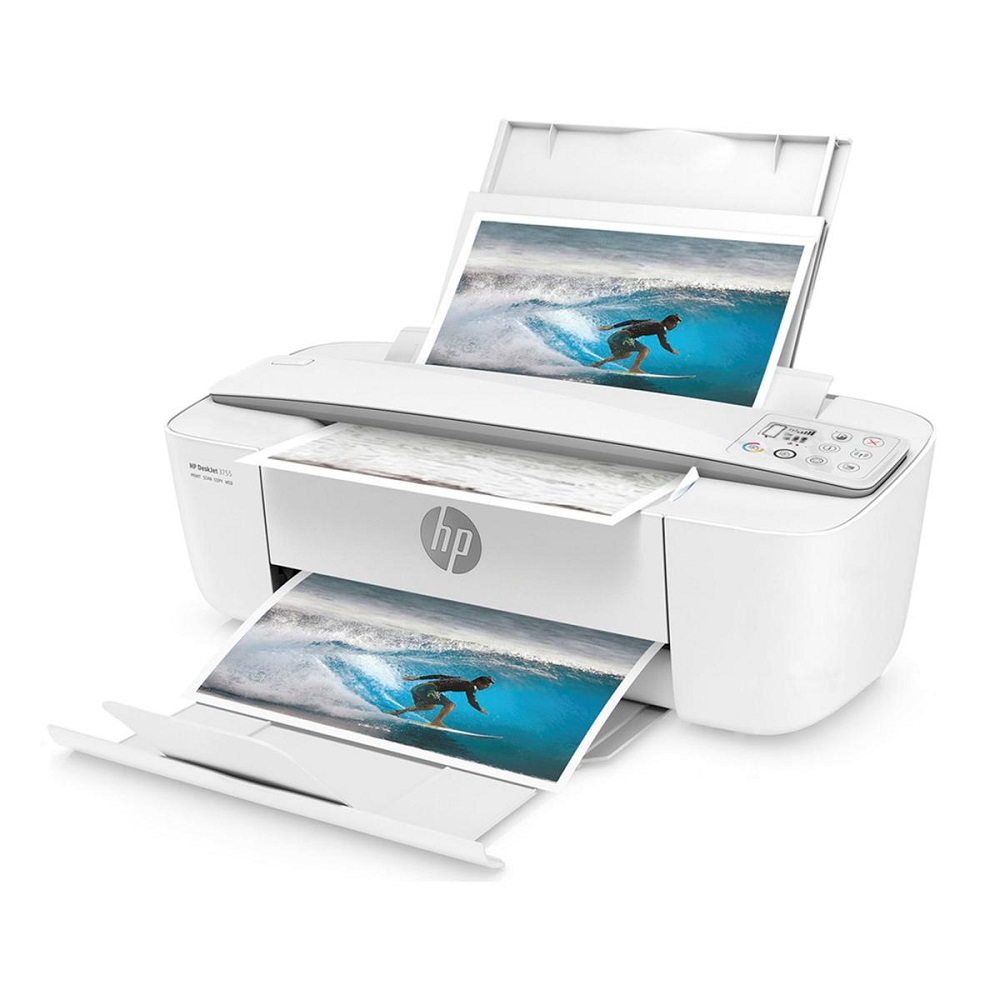Introduction to ‘Printer is Offline’ Problems
Experiencing a ‘printer is offline’ message can be frustrating. It means your printer is not communicating with your computer or network. This issue can halt your productivity, especially if you rely on printing critical documents. Many users face this problem, but the good news is that it is often simple to fix. Understanding why your printer shows as offline is the first step to solve the problem. The reasons can be many, from connectivity issues to outdated drivers. In this section, we will explore the common factors that cause a printer to go offline. We will also set the stage for the solutions covered in the following parts of this blog. Armed with the right knowledge, you’ll be better equipped to get your printer back online quickly.
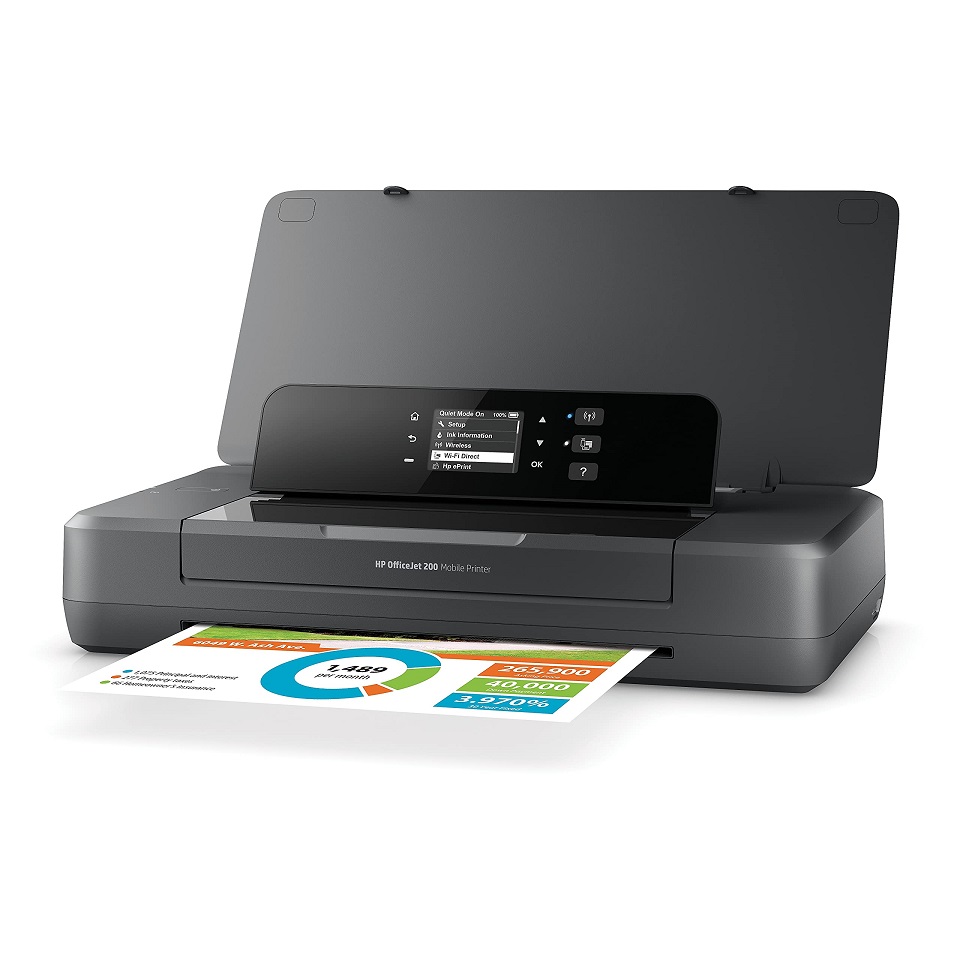
Common Causes of Printer Offline Status
Identifying why your ‘printer is offline‘ is crucial to finding a solution. Various factors can lead to this problem. Here are some common causes:
- Connectivity Issues: Often, printers go offline due to poor or disrupted connections. This could be a loose cable, incorrect network settings, or a problem with your Wi-Fi.
- Driver Problems: Outdated or corrupted printer drivers can also cause your printer to display an offline status. Drivers are essential for facilitating communication between your computer and printer.
- Hardware Malfunctions: Sometimes, hardware issues related to your printer or computer might be the culprit. These could include faulty wiring or a malfunctioning network card.
- Power Interruptions: Power surges or failures can temporarily affect your printer’s status by disrupting its operations.
- Printer Settings: Incorrect configuration or settings on the printer or on your computer can mislead the system into thinking the printer is offline.
Understanding these causes will help in applying the right solution to bring your printer back online. Each issue demands a slightly different approach, which will be discussed in the upcoming sections.
Quick Fixes for Offline Printers
When your printer displays an ‘offline’ status, there are several quick fixes that you can try. These solutions are often simple and do not require advanced technical knowledge. It’s essential to proceed with these methods one at a time and check if each resolves the issue before moving on to the next step.
- Check Physical Connections: Make sure all cables connecting your printer to your computer or network are secure. Loose or unplugged cables are a common culprit.
- Restart Your Printer: Turn off your printer and unplug it for a few minutes. This can reset the system and resolve temporary glitches causing the ‘printer is offline’ message.
- Verify Printer Settings: Navigate to your printer settings on your computer. Ensure that your printer is set as the default and is not configured to ‘Use Printer Offline’.
- Inspect the Print Queue: Clear any paused or stuck print jobs in the queue. These can sometimes block communication between your computer and printer.
- Check for Updates: Make sure your printer’s software or firmware is up to date. Outdated software can lead to compatibility issues and the offline status.
- Restart Your Computer: Sometimes, the issue can be with your computer. A quick restart can refresh the operating system and eliminate temporary conflicts.
Applying these quick fixes often solves the ‘printer is offline’ problem. If these steps don’t help, you may need to dive deeper into connectivity issues or driver management, as we will cover in the following sections.
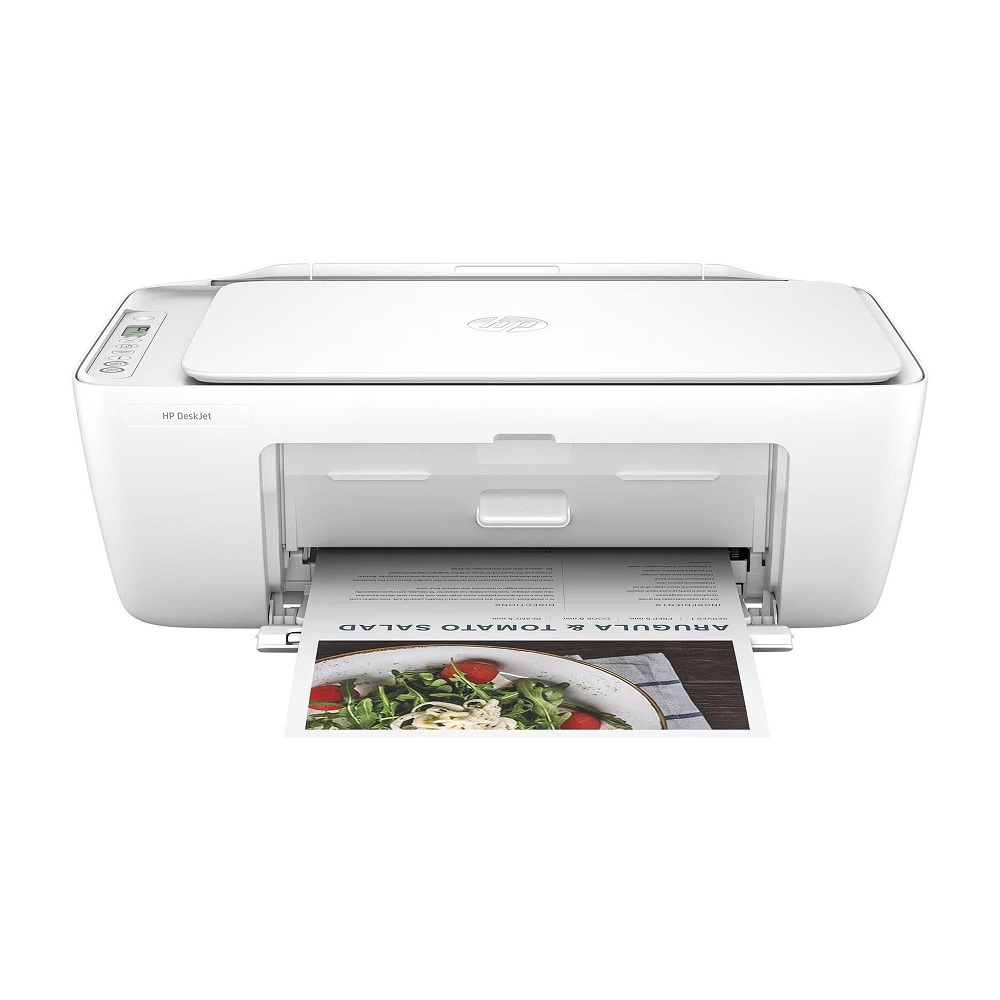
Step-by-Step Guide to Resolving Offline Issues
Getting your printer back online might require more detailed steps, especially after quick fixes fail. Follow this structured action plan based on the level of complexity of your problem.
- Re-Checking the Printer’s Basic Setup: Double check that the printer is properly connected to your computer or network. Ensure that all cables are firmly connected and that the printer is powered on.
- Update Printer Drivers: Visit the manufacturer’s website to find the latest drivers for your model. Install them to see if this resolves the ‘printer is offline’ issue.
- Ensure Correct Network Settings: For network printers, verify that the printer’s IP address matches what your network is configured to allow. Re-input these settings if necessary.
- Disable ‘Use Printer Offline’ Mode: Open the printer settings on your computer, usually found in the ‘Devices and Printers’ section. Make sure ‘Use Printer Offline’ is not selected.
- Clear Printer Queues: Stuck print jobs can halt printer communication. Open your printer queue and clear all pending jobs before attempting to print again.
- Reset Printer: Sometimes, a factory reset is necessary to clear persistent problems. Check your printer’s manual for instructions on how to perform a reset.
- Test with Another Device: Try connecting your printer to a different computer or smartphone. If the printer works well with another device, the issue might be with your original computer.
If these steps still don’t resolve your problem, it may be time to consult professional help or consider hardware issues. Remember, a ‘printer is offline’ issue is common, and with patience, most can be resolved at home.
Troubleshooting Connectivity Problems for Wireless Printers
Wireless printers add convenience but can often face connectivity issues that lead to ‘printer is offline’ messages. Troubleshooting these problems can get your printer back online. Here’s how to address wireless connectivity issues:
- Check Wireless Connection: Confirm that your printer is connected to the correct Wi-Fi network. Incorrect networks will disrupt printer communication.
- Reboot Router: Unplug your Wi-Fi router for a minute, then plug it back in. This can fix temporary network glitches.
- Printer Proximity: Move your printer closer to the router to improve signal strength. Walls and distance affect connectivity.
- Run Wireless Network Test: Most wireless printers have a network test function. Run this test to check for connectivity issues.
- Update Wireless Settings: If you’ve changed your Wi-Fi password or settings, update this information on your printer.
- Reset Printer’s Network Settings: Use your printer’s interface to restore network settings to factory defaults, then set up the connection anew.
- Disable VPNs: Sometimes VPNs can interfere with the network connection. Disable any active VPNs and try reconnecting your printer.
- Check for Interference: Devices like microwaves or cordless phones can disrupt Wi-Fi signals. Turn them off or move them away from the printer and router.
Addressing these connectivity issues should solve the majority of wireless printer offline problems. If your printer remains offline, it might be time to explore driver and software updates or reach out for professional support.
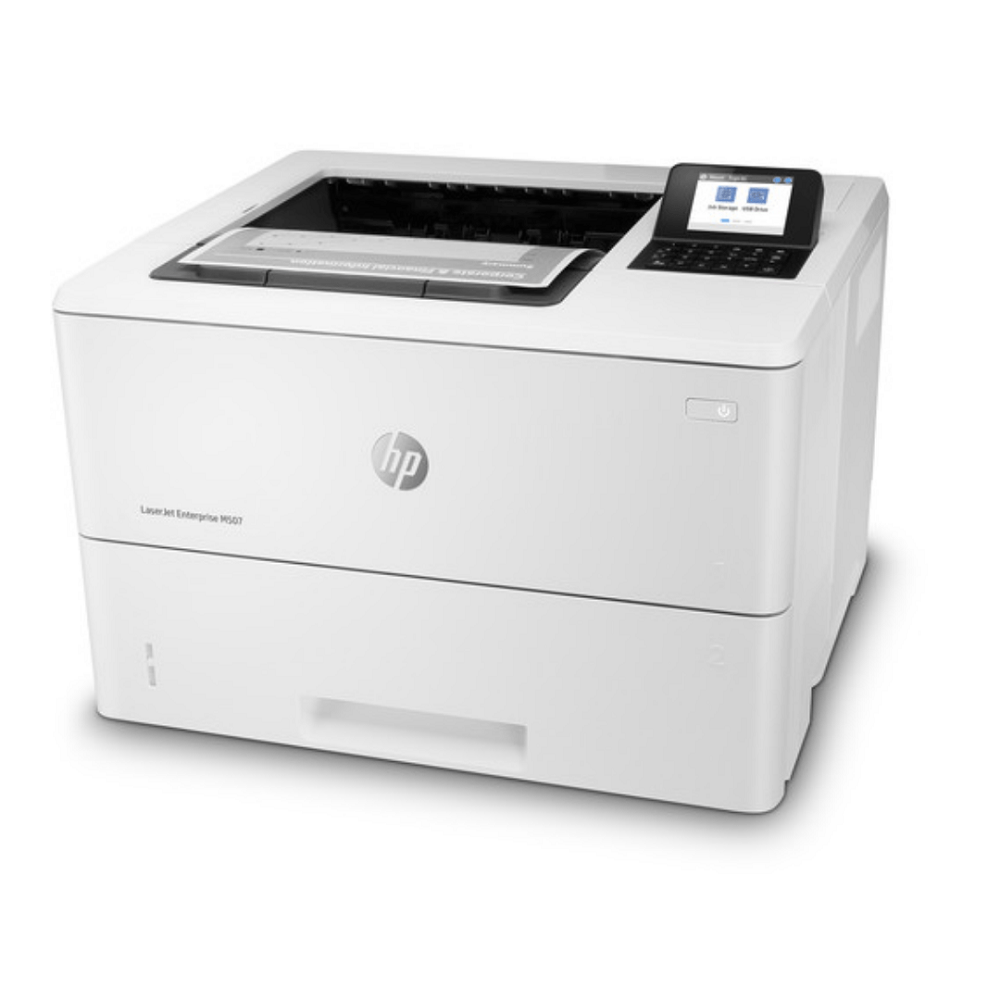
Managing Printer Drivers and Software Updates
Managing printer drivers and software is crucial in keeping the ‘printer is offline’ issue at bay. Here’s a straightforward guide to ensure your printer drivers and software are always up to date.
- Identifying Outdated Drivers: First, determine if your printer drivers are outdated. You can do this by visiting the printer manufacturer’s website and comparing your current driver version with the latest available version.
- Downloading the Latest Drivers: If updates are needed, download the latest drivers from the official website. Avoid third-party sources to prevent downloading harmful software.
- Installing Updates: Once downloaded, install the drivers. This process typically involves running the downloaded file and following on-screen instructions.
- Setting Up Automatic Updates: Many printers offer an option to automatically download and install updates. Enable this feature through your printer’s software settings to keep your drivers updated without regular checks.
- Checking Software Compatibility: Make sure that your printer software is compatible with your computer’s operating system. Updates to your OS may require new versions of printer software.
- Regular Maintenance Checks: Set up a schedule to regularly check for software and driver updates. This proactive approach can prevent many connectivity issues.
By routinely managing your printer drivers and software, you significantly reduce the risk of encountering an offline printer issue. This maintenance ensures smooth communication between your computer and printer, enhancing overall performance and reliability.
Contacting Support: When to Reach Out for Help
After trying multiple fixes for the ‘printer is offline’ issue, you might still need help. Knowing when to reach out to support is crucial. It ensures you don’t waste time on methods that won’t work. Here are signs it’s time to call in the experts:
- Persistent Offline Status: If the printer remains offline after all troubleshooting steps, professional help is advisable.
- Error Messages: Unfamiliar or recurring error messages indicate a deeper issue that may require technical expertise.
- Hardware Sounds: Grinding or unusual noises from the printer can point to hardware problems that support teams handle best.
- Network Complexity: For those with advanced network setups, contacting support can save time and ensure proper configurations.
- Software Conflicts: If you suspect the ‘printer is offline’ issue arises from complex software conflicts, professional guidance can be key.
- No Response to Fixes: When none of the quick fixes or in-depth steps restore your printer’s status, it’s time to get support involved.
Tip: Have all relevant information ready before contacting support. This includes your printer model, computer operating system, and a summary of attempted fixes. Contact details are usually found on the manufacturer’s website. Choose between phone, email, or live chat support, based on urgency. Sometimes, the manufacturer’s forums or FAQs can provide solutions too.
Remember, reaching out to support not only helps solve the current problem. It can also prevent future issues by ensuring your setup is optimized. Don’t hesitate to reach out when you’ve exhausted your troubleshooting options.
Preventing Future ‘Printer is Offline’ Issues
Preventing recurring ‘printer is offline’ problems involves regular maintenance and proactive measures. Here are essential steps to ensure your printer remains operational:
- Regular Updates: Always keep your printer drivers and software up-to-date. This reduces compatibility issues.
- Consistent Connectivity Checks: Frequently check your printer’s connection to your computer or network. This helps catch and resolve connectivity issues early.
- Scheduled Maintenance: Set calendar reminders for routine printer maintenance. This includes cleaning and checking for any physical damages.
- Proper Shutdown: Always turn off the printer using the correct shutdown process. This helps avoid software and hardware malfunctions.
- Monitor Printer Settings: Regularly verify that settings have not been altered to ‘Use Printer Offline’. Keep your printer set as the default.
- Backup Solutions: Have backup cables and alternative connection methods (like USB if you mainly use Wi-Fi) ready. This ensures you can switch if one fails.
By following these steps, you can minimize the chances of facing ‘printer is offline’ issues in the future. Proactivity is key to uninterrupted printing operations.
